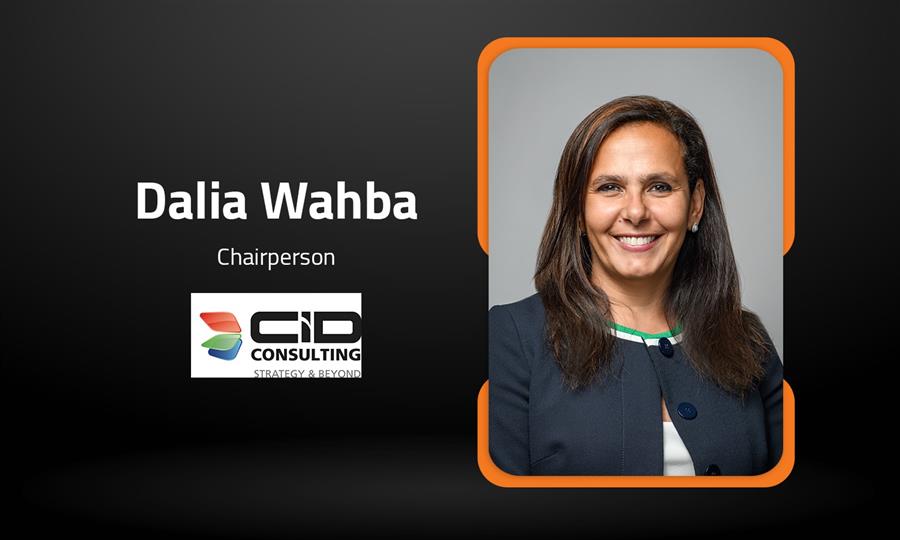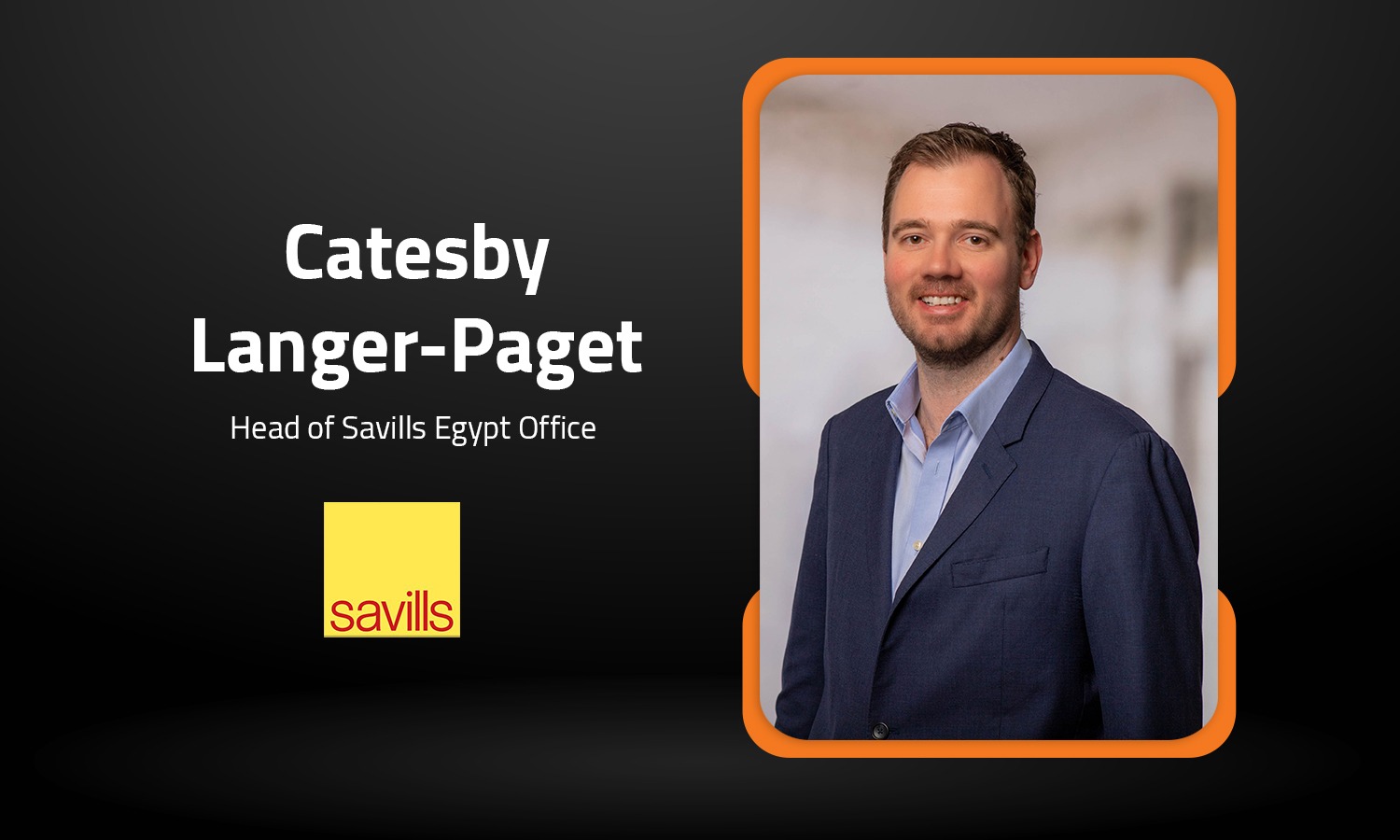Navigating Egypt's Thanaweya Amma Education: Insights and Analysis
Updated 6/29/2024 9:00:00 AM
Thanaweya Amma in Egypt plays a pivotal role in shaping the academic and professional futures of its students. Each year, Thanaweya Amma students of both the literary and scientific curricula undertake rigorous exams.
Recently, for the academic year 2023/24, students across the country started their race by participating in the first-round exams, as 721,027 students have taken the Arabic language exam alone. This highlights the scale and importance of the process, overseen by 1,986 examination committees nationwide.
In this Factsheet, we will analyze the key features of the Thanaweya Amma education system in Egypt, focusing on its structure in the academic year 2023/24.
- Egypt has a total of 4,757 Thanaweya Amma schools, comprising 8% of the country's total school count. Among them, 2,660 or 56% are public schools, while the remaining 2,097 are private institutions.
- Urban areas host 3,119 of these schools, while rural areas accommodate the remaining 1,638. Cairo leads governorates with 866 schools, followed by Giza with 510 schools and Alexandria with 344.
- Thanaweya Amma schools in Egypt collectively possess 53,933 classrooms, making up approximately 10% of the nation's total classrooms. Among these, 39,514 classrooms are in public schools, while 14,419 are in private schools. Notably, 68% of these classrooms are situated in urban areas, with the remaining 32% located in rural regions.
- In the academic year 2023/24, the total enrolled students in the Thanaweya Amma education system reached 24 million, constituting 9% of the overall pre-university student population. Of these, 1.77 million students are enrolled in public schools, with 468,279 students attending private institutions.
- Females prominently comprise 55% of the total Thanaweya Amma students, while males make up the remaining 45%.
- Regarding geographic distribution, 1.51 million students are in urban areas, whereas 728,207 students reside in rural settings. Cairo leads with 316,738 students, accounting for 14% of the total enrollment, followed by Giza with 254,710 students and Dakahlia with 178,304 students.
- There are currently 91,427 secondary school teachers in Egypt, comprising approximately 10% of the country’s total teaching workforce. Out of them, 80,389 are employed in public schools, while 11,038 teach in private institutions.
- In the preceding academic year, the overall success rate of obtaining a Thanaweya Amma certificate reached 78.8%. Among the various subjects, the psychology and sociology exam saw the highest success rate by students at 93.9%, while the applied mathematics exam recorded the lowest success rate at 88.5%.
By: Amina Hussein
Related News

Breaking Down the SCZone-AD Ports Deal
Updated 5/10/2025 9:00:00 AM

Unveiling Egypt's Employment Trends
Updated 5/1/2025 9:00:00 AM

The Evolution of Banknotes in Egypt: From Gold Coins to Polymer Currency
Updated 4/27/2025 9:26:00 AM

Egypt’s Path to a Private-Led Investment Landscape
Updated 4/19/2025 8:00:00 AM

An Overview of Egypt's Postal Services
Updated 4/12/2025 9:00:00 AM






